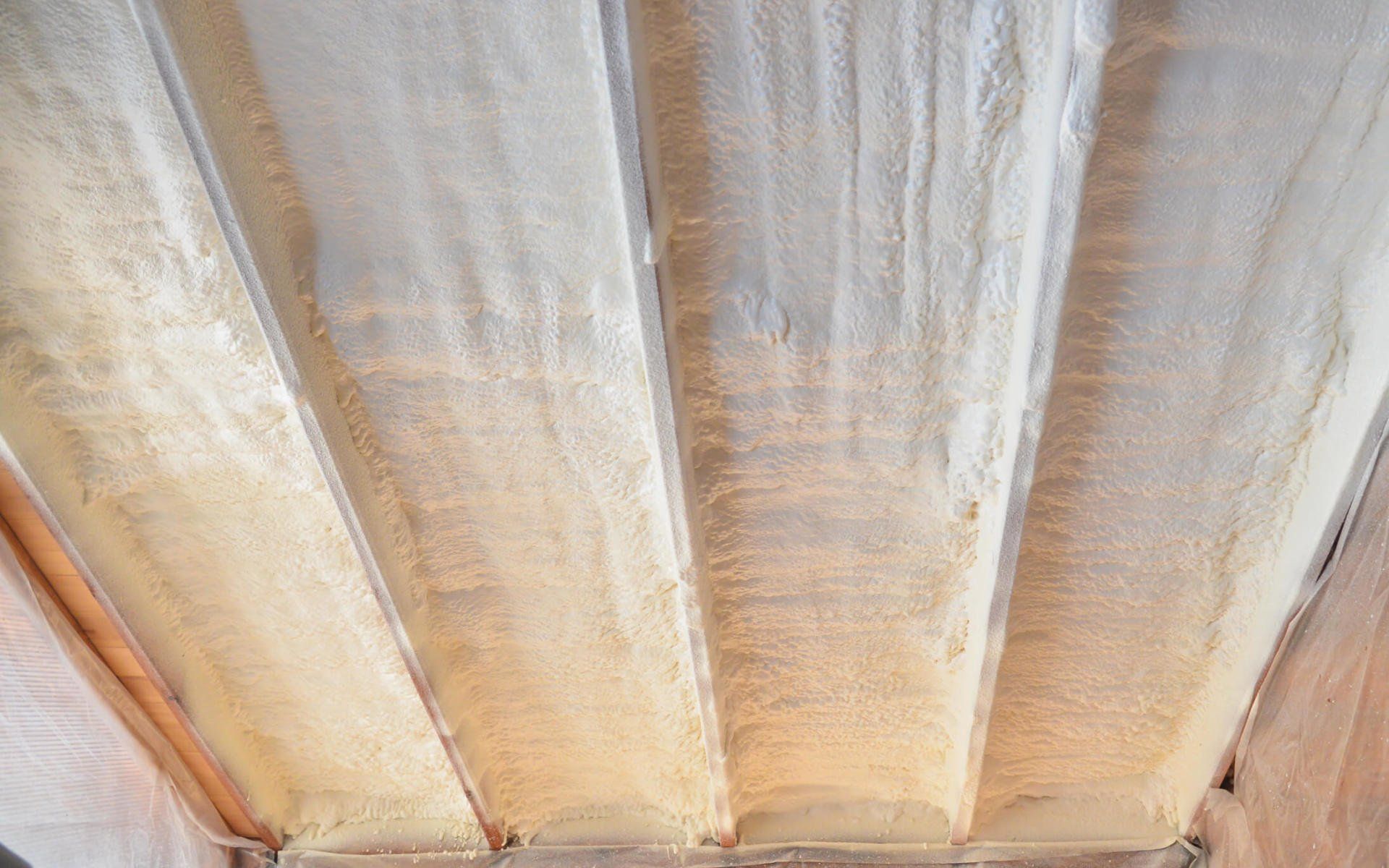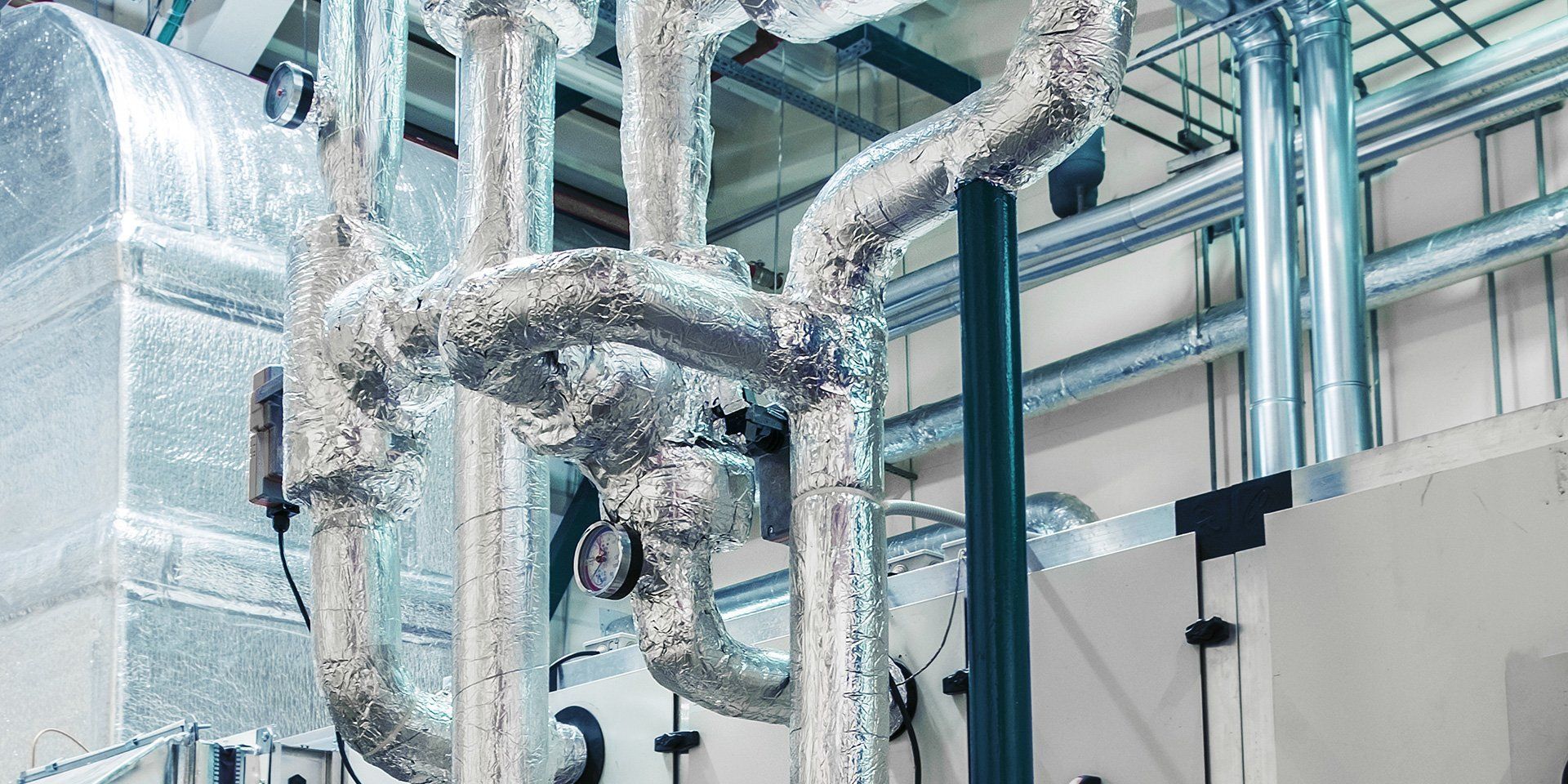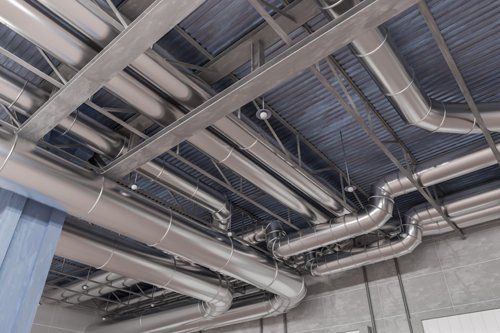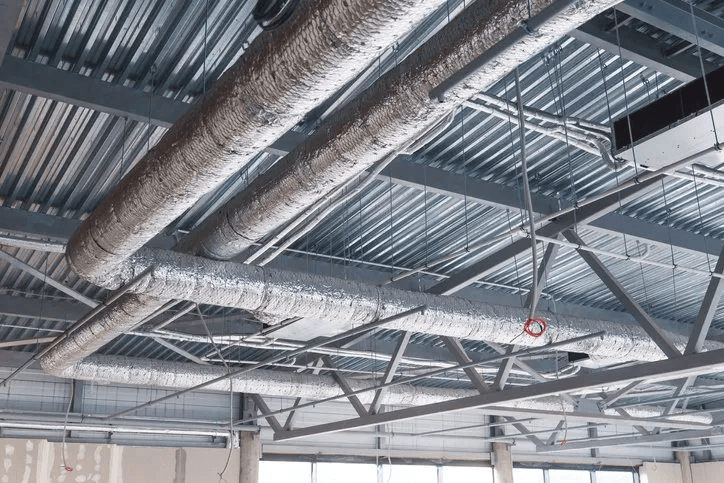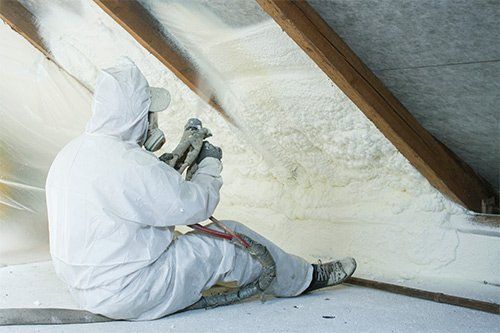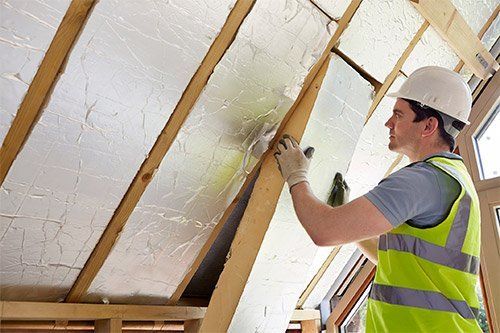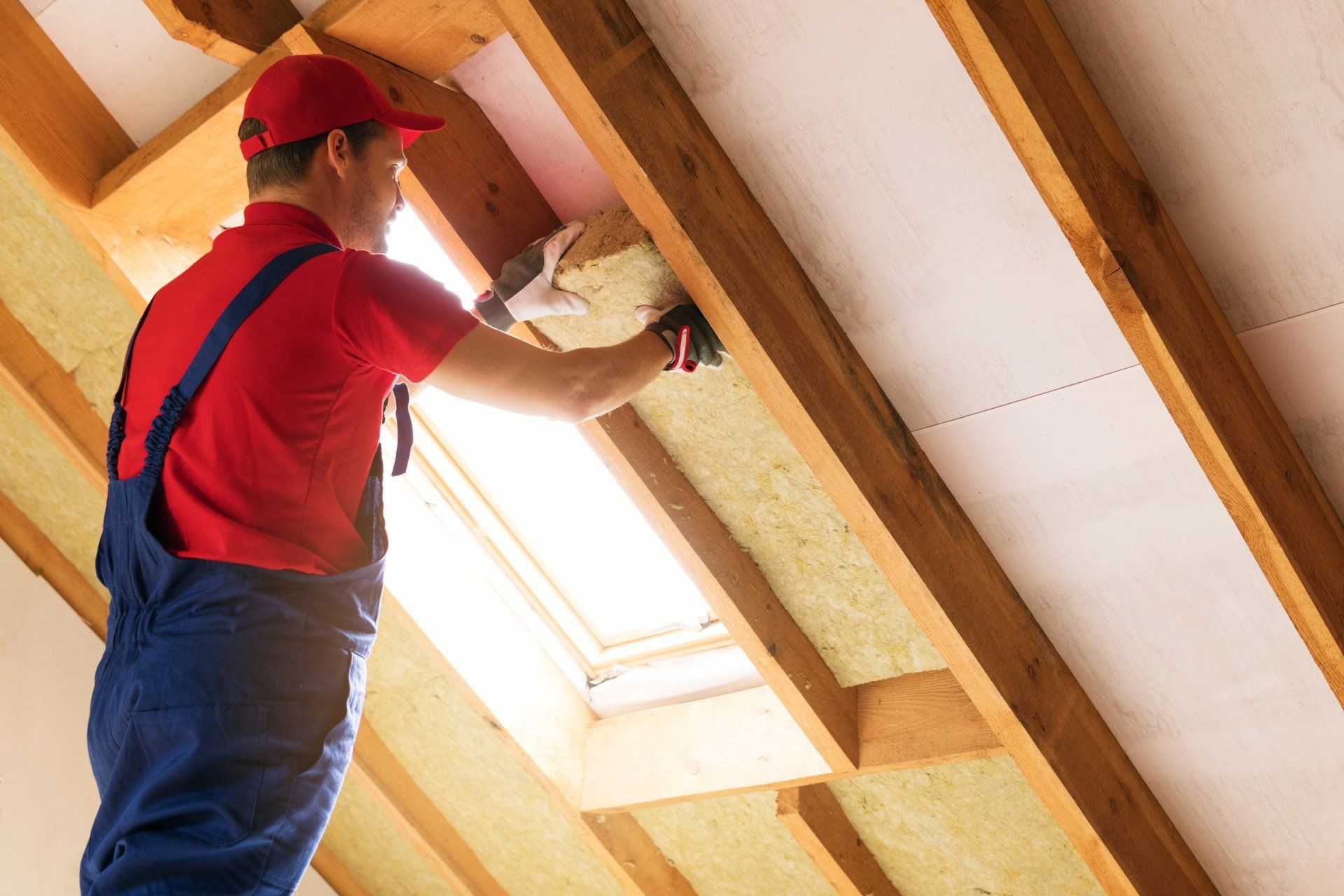Noise Control: 5 Common Workplace Noise Problems and Solutions
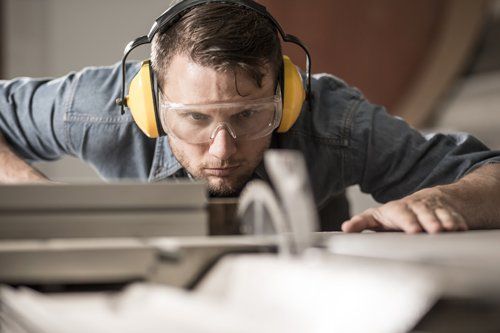
Most noise problems are readily solvable, while others may require the expertise of a noise remediation contractor. Here are some of the most common workplace noise problems and ways to solve them.
1. Echoing Spaces
A room with an echo sound is as a reverberant space. Reverberation is typically a problem in conference rooms, classrooms, houses of worship, and gymnasiums. Echoes interfere with speech intelligibility and can make it difficult for the people in a room to have meaningful conversations.
To minimize noise in reverberant spaces, install absorptive and diffusive material to the room. Go for lightweight absorptive materials such as melamine foam or fiberglass, which are effective in preventing sound waves from bouncing off of walls and ceilings.
For diffusive materials, choose wood or molded fiberglass. These come in different shapes and help to break and scatter sound around the room to improve sound intelligibility.
2. HVAC Sounds
HVAC noise can be problematic in offices, conference rooms, and classrooms. Mechanical issues with motors, fans, and noise transference through ductwork are the leading causes of HVAC noise.
To minimize HVAC sounds, install silencers around existing ductwork and use lagging material to fold the outer part of ducts to eliminate or reduce noise coming from duct walls. Also, regular dropped ceilings are unable to prevent noise transference through the building's ductwork. So consider replacing regular ceilings with ceiling tiles that come with an intrinsic acoustic barrier.
3. Footfall
Footfall noise is heard through hard floor surfaces when someone walks, drops a heavy object, or drags something across the room. To eliminate footfall noise, fit a rubber underlayment with acoustic properties between the floor surface and the subfloor. Ensure that the underlayment has the right strength and mass.
To eliminate footfall noise in a building where you have already installed flooring, you would need to access the ceiling underneath the floor. Add a layer of heavy-duty vinyl to add mass to the ceiling and separate the space in between with furring channel and sound control pins. Complete the process with two layers of drywall to separate the ceiling from the floor above.
4. Noisy Equipment
The combination of sounds from industrial machinery can easily exceed safe sound levels and pose an occupational hazard to workers. Reverberant spaces exacerbate noise problems in industrial workplaces. Common causes of noise in such settings include vibration from equipment, noisy venting, equipment installed next to concrete walls, and maintenance problems.
Factor in the entire workplace when trying to eliminate noise from machinery because every structural element of the building potentially contributes to the noise level. Seek a concerted approach to reduce noise coming from equipment and other sources such as the HVAC.
Place the loudest machine away from the main work floor if possible. Install HVAC silencers, vibrator isolators, divider walls, and acoustic casings around noisy machinery, and wrap ducts with lagging material.
5. Noise Through the Ceiling and Walls
Noise leaking into the office space can dampen productivity. Use acoustic blankets or acoustic fabric or foam-wrapped panels to prevent sound waves from deflecting off of hard surfaces. Ask your insulation contractor about products that can minimize structural transference of sound.
Consider adding mass to ceilings and walls to prevent noises from leaking through. You can also use sound masking to reduce white noise in reverberant spaces.
Workplaces bear the brunt of a world that is getting noisier by the day. Noise control can help to create a more peaceful and accommodating environment that prioritizes employees' wellbeing.
At
Guy M. Beaty Co., Inc. , we can help quiet your world. Call us today to discuss your situation and find out about our innovative noise remediation solutions.

